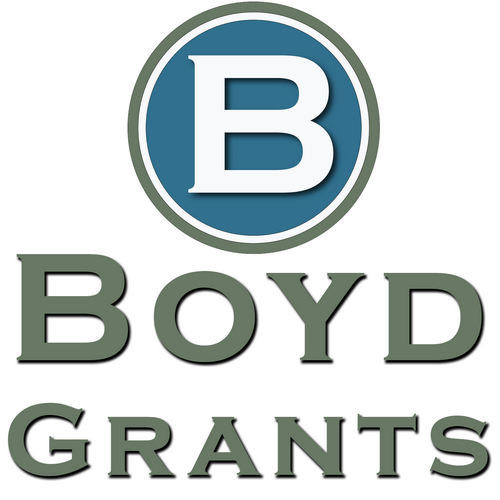#1 Assemble Key Organization Leadership members as an oversight team.
This grants management oversight team should include the project manager, administrators over finance, operations, and human resources. They should discuss and be fully aware of the organization’s legal responsibilities to complete the work agreed to as stated by the grant contract.
#2 Designate and clearly define specific roles for those on the grants implementation and management team.
Determine who will be responsible for day-to-day fiscal oversight and reporting, and who will collect the data for programmatic and performance reporting. Everyone needs to know their specific role and responsibilities for the grant project.
#3 Establish and document processes including business operations, procurement, human resources and accounting prior to the grant implementation.
Develop written and effective policies and procedures, tailored to the organization, to provide internal controls and to help manage a successful grant program. Establish internal controls for checks and balances and separation of duties.
#4 Create a separate financial account for the receipt, expenditure and reporting of the grant funds.
Federal regulations prohibit the commingling of federal grant funds with funds from other sources.
#5 Collect data regarding the grant activity. Data analysis can be used for reporting back to your organization and will serve as supporting data, requested by the funder, used to evaluate the impact of the grant.
Data can be used to support future funding requests and to help the organization evaluate the impact of the grant activities.
#6 Report grant project progress internally and share progress with your team.
Funders require regular reports and updates and these should be completed and submitted on-time. In addition, the Key Leadership members of the organization, serving an oversight role, should receive regular internal updates on progress and financial status of the grant. Include the other grant management team members, as well.
#7 Maintain complete and accurate records in one place throughout the life of the grant project. Records retention guidelines in the contract will dictate the number of years records should be kept after the grant has ended.
Establish a separate folder by grant award and keep copies of the grant award documents, vendor quotes, purchase orders, invoices, payments, timesheets of grant-funded personnel, inventories of equipment and supplies purchased with grant funds, contracts, accounting ledgers, project photos and submitted grantor reports.
#8 Adhere to grant project timelines
Goals and deadlines were established according to the grant proposal submitted by the organization, and then responsibility was confirmed by the contract. These timelines, to implement or complete activities, or to meet targets, should be adhered to as closely as possible. Compare actual progress to the timelines stated and make adjustments, along the way, to keep the activities on schedule.
#9 Provide complete documentation to support any grant expense
Grants accounting reviews and audits require any grant funded purchase or expense to be supported with accurate and identifiable backup documentation. Each purchase or payment should be itemized and supported by documentation such as: purchase orders, invoices, receipts, travel & mileage logs, payroll registers, time & effort documentation and fringe benefit expense documentation. Subrecipient expenses or participant expenses require the same burden of proof for each expense.
#10 Maintain a collaborative relationship with the funder
Most of all, complete and submit reports on time, highlighting your successes and discuss implementation challenges. Do not skimp when filling out the narrative or performance reports. The funder has a vested interest in the successful completion of the grant project so be prepared to share victories as well as challenges. Reach out to the funder if there are questions or concerns, or if circumstances require their input to approve changes to the budget, timeline, or activities.


Recent Comments